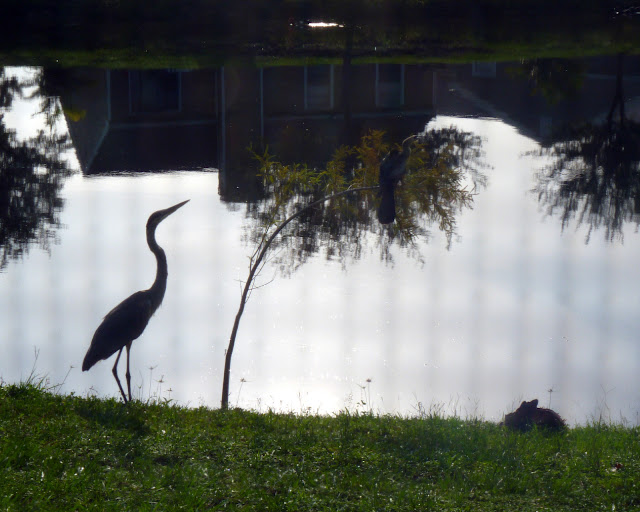Some of these plants will grow in central Florida, but they don't thrive in quite the same fashion. Hosta here rarely receives the cold dormant winter period it requires, and certainly doesn't grow so prolifically that neighbors will happily let you dig up large clumps to start your own gardens. These plants are beloved up north as excellent ground cover almost anywhere, and the tall flower spikes that begin in mid-summer are a draw for butterflies and hummingbirds.
Speaking of butterflies and hummingbirds - we found Eastern Tiger Swallowtail butterflies just about everywhere in Ohio this time of year. These are found in Florida as well, but they don't seem to be seen in such great numbers.
And the hummingbirds! They are rare visitors in My Florida Backyard, especially in the summer when the heat is simply too much for the tiny creatures. But in the midwest, Ruby-Throated hummingbirds are a common sight all summer long, visiting nectar plants and sugar water feeders throughout the day and tempting nature-lovers with cameras to take way too many pictures (we've narrowed it down to a couple of our favorite shots).
A midwestern sunset can be pretty beautiful, but at the end of the day, we're always happy to return to My Florida Backyard. In a few months, our gardens will still be full of blooms while those up north will be covered in snow, and that's something we just wouldn't trade for anything!




























